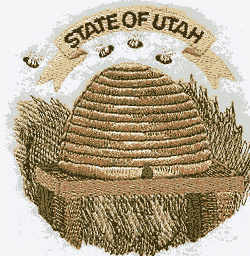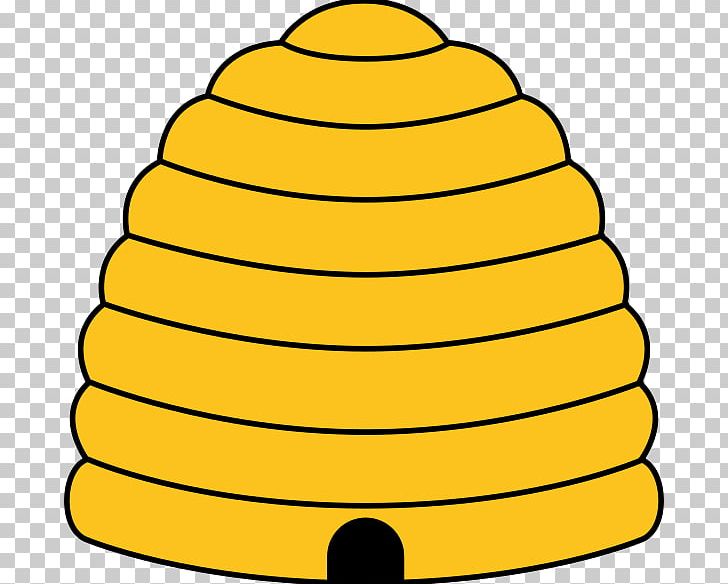

Brown dwarfs, however, are extremely rare in this cluster, probably because they have been lost by tidal stripping from the halo. So far, eleven white dwarfs have been identified, representing the final evolutionary phase of the cluster's most massive stars, which originally belonged to spectral type B. Also present are five giant stars, four of which have spectral class K0 III and the fifth G0 III. A recent survey counts 1010 high-probability members, of which 68% are M dwarfs, 30% are Sun-like stars of spectral classes F, G, and K, and about 2% are bright stars of spectral class A. However, the tidal radius also includes many stars that are merely "passing through" and not bona fide cluster members.Īltogether, the cluster contains at least 1000 gravitationally bound stars, for a total mass of about 500–600 Solar masses.

The cluster's core radius is estimated at 3.5 parsecs (11.4 light years) its half-mass radius is about 3.9 parsecs (12.7 light years) and its tidal radius is about 12 parsecs (39 light years). This means that bright massive stars are concentrated in the cluster's core, while dimmer and less massive stars populate its halo (sometimes called the corona). Like many star clusters of all kinds, Praesepe has experienced mass segregation. It is also known simply as Jishi (積屍), "cumulative corpses". It was also known by the somewhat less romantic name of Jishi qi (積屍氣, also transliterated Tseih She Ke), the "Exhalation of Piled-up Corpses". Ancient Chinese skywatchers saw this as a ghost or demon riding in a carriage and likened its appearance to a "cloud of pollen blown from willow catkins". This perceived nebulous object is in the Ghost (Gui Xiu), the 23rd lunar mansion of ancient Chinese astrology. Aratus ( c.260–270 BC) calls the cluster Achlus or "Little Mist" in his poem Phainomena.

Claudius Ptolemy's Almagest includes the Beehive Cluster as one of seven "nebulae" (four of which are real ), describing it as "The Nebulous Mass in the Breast (of Cancer)". Hipparchus ( c.130 BC) refers to the cluster as Nephelion ("Little Cloud") in his star catalog. Wilhelm Schur's map of the Beehive Cluster in 1894Īncient Greeks and Romans saw this object as a manger from which two donkeys, the adjacent stars Asellus Borealis and Asellus Australis, are eating these are the donkeys that Dionysos and Silenus rode into battle against the Titans. Wilhelm Schur, as director of the Göttingen Observatory, drew a map of the cluster in 1894. Another possibility is that Messier simply wanted to have a larger catalog than his scientific rival Lacaille, whose 1755 catalog contained 42 objects, and so he added some well-known bright objects to boost his list. Along with the Orion Nebula and the Pleiades cluster, Messier's inclusion of the Beehive has been noted as curious, as most of Messier's objects were much fainter and more easily confused with comets. Charles Messier added it to his famous catalog in 1769 after precisely measuring its position in the sky. In 1609, Galileo first telescopically observed the Beehive and was able to resolve it into 40 stars. Regulus, Castor, and Pollux are guide stars. Īt 1.5° across, the cluster easily fits within the field of view of binoculars or low-powered small telescopes. The diameter of the bright inner cluster core is about 7.0 parsecs (23 light years). There are better age estimates of around 600 million years (compared to about 625 million years for the Hyades).

Both clusters also contain red giants and white dwarfs, which represent later stages of stellar evolution, along with many main sequence stars.ĭistance to M44 is often cited to be between 160 and 187 parsecs (520–610 light years), but the revised Hipparcos parallaxes (2009) for Praesepe members and the latest infrared color-magnitude diagram favors an analogous distance of 182 pc. It was among the first objects that Galileo studied with hisĪge and proper motion coincide with those of the Hyades, suggesting they may share similar origins. Classical astronomer Ptolemy described it as a "nebulous mass in the breast of Cancer". Under dark skies, the Beehive Cluster looks like a small nebulous object to the naked eye, and has been known since ancient times. One of the nearest open clusters to Earth, it contains a larger population of stars than other nearby bright open clusters holding around 1,000 stars. The Beehive Cluster (also known as Praesepe (Latin for "manger" or "crib"), M44, NGC 2632, or Cr 189), is an open cluster in the constellation Cancer. Map showing the location of M44 in the constellation of Cancer See also: Open cluster, List of open clusters The Beehive Cluster in Cancer (north is to the right)


 0 kommentar(er)
0 kommentar(er)
